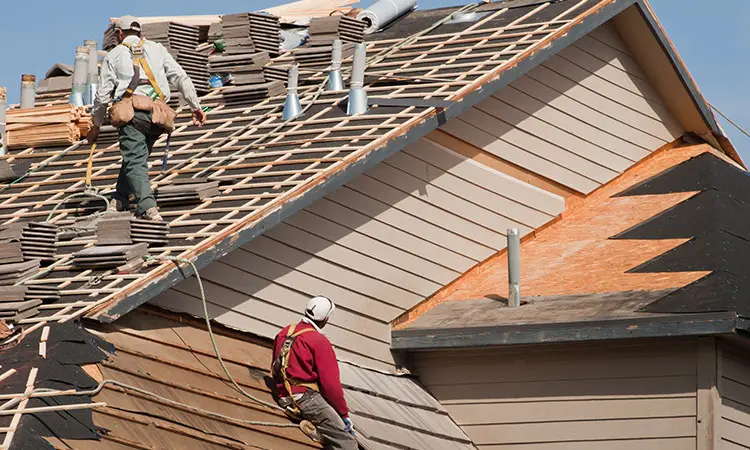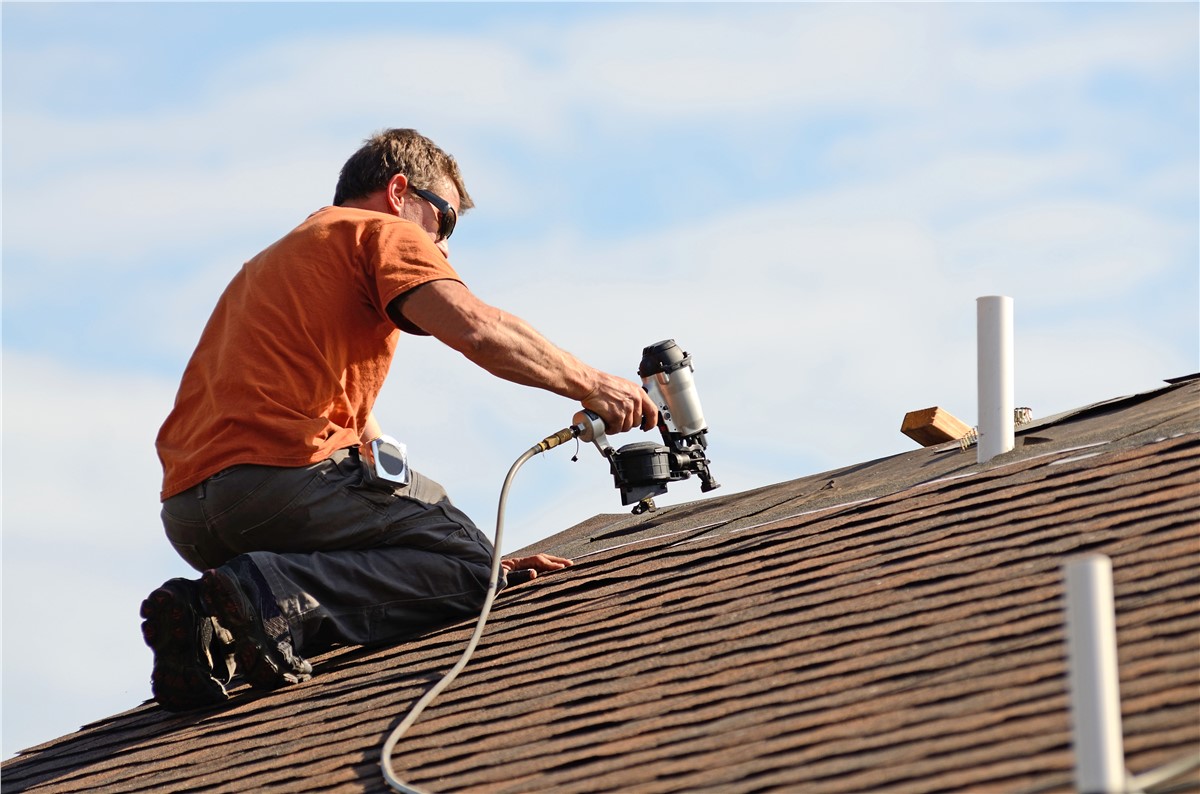Roofing Companies Oahu: Top-Rated Roofers for All Roofing Projects
Roofing Companies Oahu: Top-Rated Roofers for All Roofing Projects
Blog Article
Understanding the Various Kinds Of Roof Coverings: A Comprehensive Overview for Homeowners
With a variety of alternatives-- varying from the traditional gable to the modern flat-- each type presents unique benefits and obstacles that should line up with the homeowner's ecological considerations and certain demands. As we check out the ins and outs of various roofing kinds, it comes to be noticeable that one size does not fit all; the ideal choice may amaze you.
Gable Roofing Systems
Saddleback roofs, defined by their triangular shape, are amongst the most preferred roof covering styles as a result of their simplicity and performance in shedding water and snow. This design features two sloping sides that meet at a ridge, allowing for reliable water drainage and minimizing the risk of water build-up. The steep pitch commonly connected with saddleback roofs improves their capability to manage heavy precipitation, making them ideal for different environments.
In enhancement to their sensible advantages, saddleback roofs offer visual flexibility. They can be adapted to numerous architectural styles, from standard to modern homes. The design can likewise suit added features such as dormer windows, which boost all-natural light and ventilation in the attic room area.
Moreover, saddleback roofs provide sufficient area for insulation, adding to energy efficiency. Home owners can select from a variety of roof covering materials, consisting of asphalt tiles, steel, and ceramic tiles, better improving customization options.
In spite of their benefits, saddleback roofs might call for additional assistance in locations prone to high winds or heavy snowfall. On the whole, the saddleback roof continues to be a preferred selection because of its mix of capability, durability, and visual allure.
Flat Roofs
Level roofings are commonly recognized for their minimalist layout and useful applications, especially in industrial and commercial setups (oahu roofing). These roof coverings feature a straight or virtually straight surface area, which permits for simple building and construction and versatile area application. While they may lack the visual appeal of angled roofs, level roofing systems provide numerous advantages, specifically in urban environments where taking full advantage of space is essential
One of the primary advantages of flat roofing systems is their ease of access. Property owners can use the roofing system space for different purposes, such as roof gardens, balconies, or photovoltaic panel installments. Furthermore, flat roofings are commonly extra affordable to preserve and set up compared to their sloped counterparts, as they call for less products and labor.
Common materials utilized for flat roofing systems consist of built-up roof covering (BUR), customized asphalt, and single-ply membrane layers, each offering distinctive benefits. Overall, flat roofs serve as a versatile and useful choice for many house owners and organizations alike.
Hip Roofs
Hip roof coverings are defined by their sloped sides that merge at the top, developing a ridge. This layout is unique from gable roof coverings, as all 4 sides of a hip roofing system incline downwards towards the wall surfaces, providing a more secure framework. The angle of the slopes can differ, permitting adaptability in building aesthetics and capability.
Among the main advantages of hip roofs is their capability to stand up to heavy winds and adverse climate condition. The sloped surfaces allow far better water drainage, reducing the threat of leakages and water damages. Additionally, hip roofings provide increased attic room area, which can be made use of for storage space or perhaps converted into comfortable areas.
Nonetheless, creating a hip roof can be a lot more costly and complicated than easier roofing system types, such as saddleback roofs. The extra material and labor associated with producing the slopes and making sure proper architectural stability can bring about greater costs. Despite these drawbacks, lots of property owners prefer hip roofing systems for their sturdiness, aesthetic allure, and capacity for power performance.
Mansard Roofings
Mansard roofing systems, usually acknowledged by their unique four-sided layout, feature two inclines on each side, with the lower incline being steeper than the top. This architectural design, originating from France in the 17th century, is not only cosmetically enticing but functional, as it makes you can try here the most of the useful area in the upper floorings of a building. The high reduced slope permits for even more headroom, making it an optimal option for lofts or attics, which can be converted right into living areas.
Mansard roofs are identified by their adaptability, suiting various architectural designs, from traditional to modern-day. They can be built with various materials, including asphalt shingles, slate, or metal, giving house owners with a variety of choices to match their choices and budget plans. Additionally, the design permits the combination of dormer windows, enhancing natural light and air flow in the upper levels.
Nevertheless, it is important to think about the prospective drawbacks. Mansard roofing systems may need more maintenance due to the complexity of their style, and their steep inclines can be challenging for snow and rainfall overflow. Overall, mansard roofing systems integrate beauty with practicality, making them a prominent option amongst homeowners seeking distinctive building functions.
Shed Roof Coverings
As property owners increasingly seek simplicity and performance in their architectural layouts, lost roof coverings have arised as a preferred selection. Characterized by a single sloping airplane, a shed roofing offers a minimalist visual that complements various home designs, from contemporary to rustic.
Among the main benefits of a shed roof is its uncomplicated look at this site construction, which commonly translates to decrease labor and product costs. This style enables for effective water drainage, lowering the risk of leakages and water damages. In addition, the upright incline supplies ample room for skylights, improving all-natural light within the inside.
Shed roof coverings also use convenience in regards to use. They can be successfully incorporated right into additions, garages, or outdoor structures like pavilions and sheds. In addition, this roofing system style can suit numerous roof covering materials, consisting of metal, asphalt roof shingles, or also environment-friendly roofing systems, straightening with eco-friendly efforts.
Nevertheless, it is important to take into consideration regional climate conditions, as heavy snow lots may require changes to the roofing's angle or structure. Overall, lost roofs offer a functional and cosmetically pleasing option for home owners wanting to make best use of capability without endangering design.
Conclusion


Gable roofings, identified by their triangular shape, are amongst the most preferred roof covering styles due to their simpleness and performance in shedding water and snow. oahu roofing. The steep pitch generally linked with gable roofings improves their capability to deal with heavy rainfall, making them suitable for different environments
While they may do not have the visual charm of pitched roofs, level roofs provide countless benefits, especially in metropolitan environments where making best use of space is vital.

Report this page